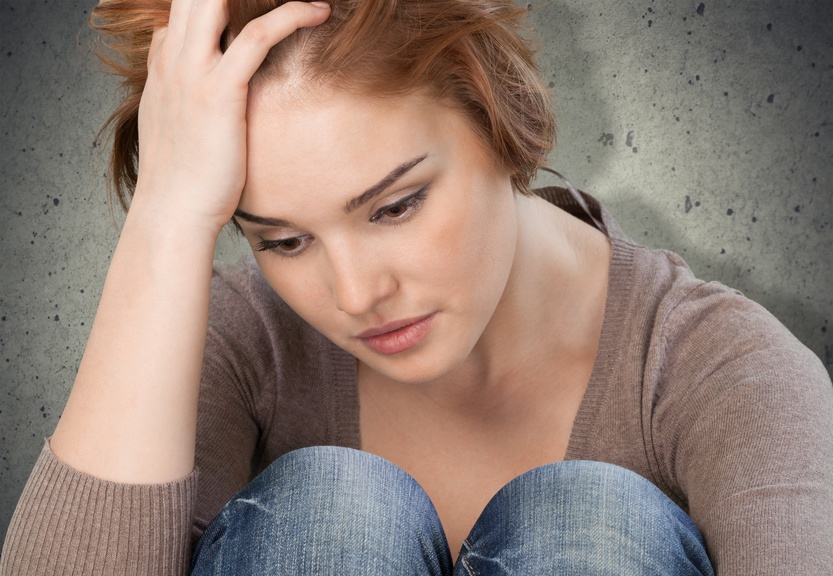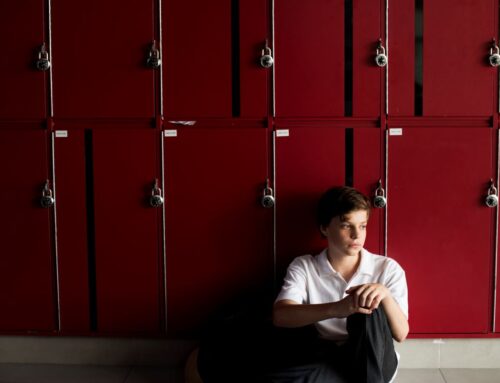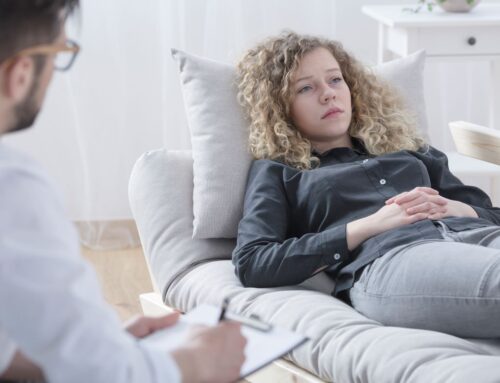In the United States, Canada, and the United Kingdom, children, teenagers, and even twenty-somethings are beset by record rates of anxiety and depression. And finally, after decades (if not centuries) of keeping mental illness behind closed doors, adults are finally talking about these issues openly.
And now, many parents are openly wondering if they are in fact responsible for causing increased anxiety and depression in teens. There are no easy answers and lots of hard truths to grapple with. We know that on any given day 1,439 teens will attempt to kill themselves. We know that in 2013, 10.7% of U.S. kids aged 12 to 17 experienced one or more major depressive episode (that’s 2.6 million teens). We also know that between 2001 and 2008, the number of kids who classified getting good grades as a “major” pressure rose 19 percentage points to nearly one in two kids, or 45% to be precise.
So where exactly did things go wrong?
Many people believe that because of efforts to fight the stigma associated with mental illness, more anxiety and depression in teens is being diagnosed and treated. Many people also believe that some parents and medical professionals are too quick to categorize normal feelings of stress or sadness as an illness, often overusing pharmaceutical interventions.
And to be sure, the world is a scary place. Our young people face new fears, new anxieties, new pressures, and new temptations in the 21st century. In an eloquent new opinion article in The Guardian, writer Will Hutton writes about the rising wave of teenage depression and anxiety:
A number of trends appear to be colliding. This is an era when everyone is expected to find their personal route to happiness at the same time as the bonds of society, faith and community — tried and tested mechanisms to support wellbeing — are fraying. Teenagers in particular — fearful of missing out — are beset by a myriad of agonising choices about how to achieve the good life with fewer social and psychological anchors to help them navigate their way. Who can blame them if they respond with an ever rising sense of anxiety, if not panic?
And in The Washington Post, writer Clint Edwards describes watching “The Goonies” with his eight-year-old son for the first time. When the young protagonists go to follow the pirate’s treasure map towards the end of the film, Edward’s son was scared to learn the children were out exploring without their parents.
And in an age when most parents are terrified to let their children wander their own neighborhoods alone, can we really be surprised that anxiety and depression in teens have become so commonplace?
There are no easy answers to these problems, but ultimately, parents will have to decide how to deal abnormal teenage behavior in a way that makes sense for them, their family and their teenager.
Sometimes, young people will require teen mental health resources to deal with serious problems. At the same time, parents have to equip their children with the tools and resilience to solve typical teenage issues on their own.






